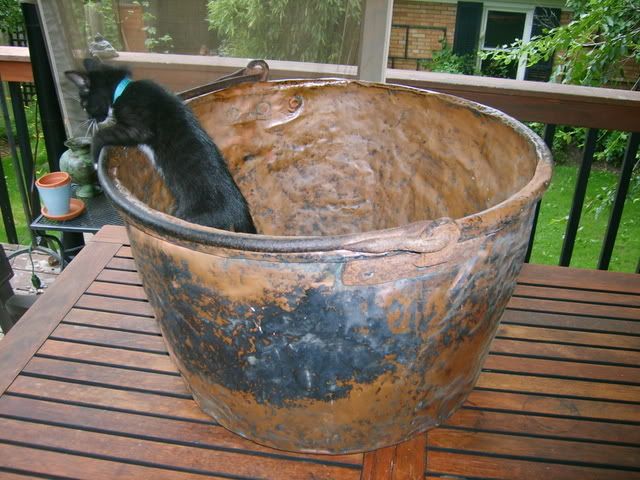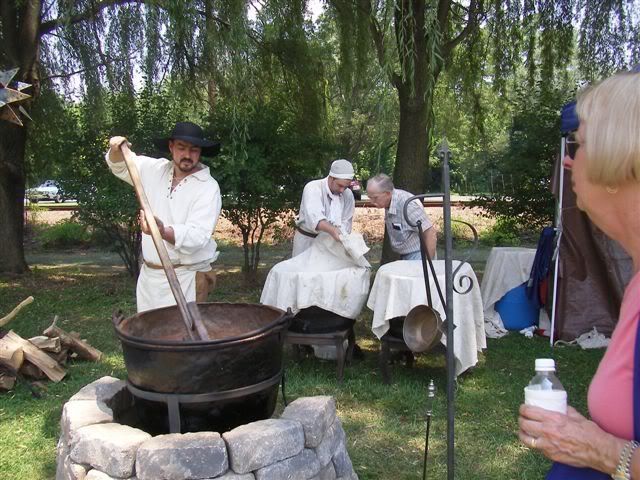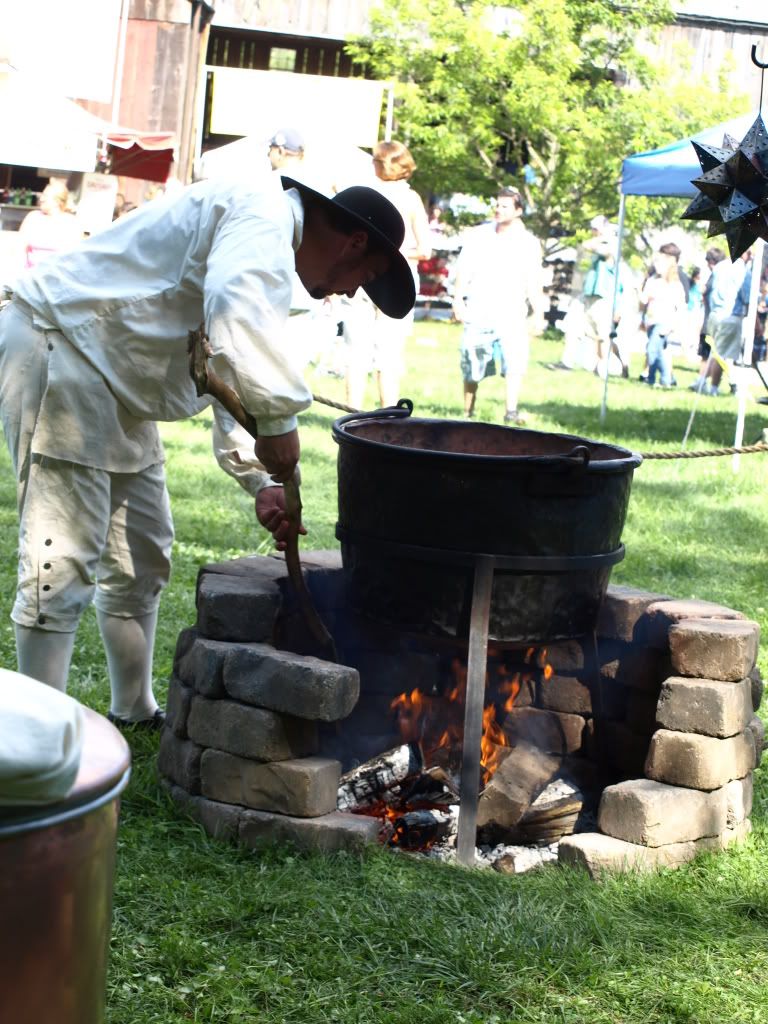sorry, tried to edit something and deleted the post by accident , here it is again:
I am a historic brewer who regularly uses a 43 gallon copper, my kettle is from Villedieu-les-Poêles ,France and made in 1802 ( so says the hallmark ). As stated previously, copper was the choice material because of availability and form for hundreds of years. Today, several micro breweries use copper as a decorative element , but cost is often the prohibiting factor in replicating authentic all coppers. The elements of copper as an aide to healthy yeast has been highly debated and shouldn't be a concern as to the authenticity of recreating historic ales, beers and lagers. Also too, is the consideration of a heat source, since the period of your intended recreations are of late 19th century and early 20th century, mostly steam fired kettles were employed , but this is impractical to the 10 to 20 gallon batch maker. heat source is a factor because one needs to consider a direct fire method, of either a coal or wood based source( of which imparts other flavor and aromas into the wort)
I personally believe that wort caramelization can become a factor in preparing worts for either grain or extract because of the heat conductance and efficiency of copper as a boiling vessel. The replication of historic recipes can only really be done as a modern interpretation anyway , and to that , means
1. Brewing with original recipes with modern malt, hops and yeast ..most successful final product.
2. Same modern ingredients, however a replication of old style equipment for process, second best.
3. Total recreations of field grown malt, hops and forensic fermentational yeast cultures on period equipment, outside of the scope and resources of most recreational brewers.
Choose your path and follow the level of how authentic you want to create your recipe, some tips include , finding a maltser who has been "in business" during that period, many German and English maltsters have been around and still producing malt today, same goes with hops , copy and build water specific to your region, and decide your yeast profile of what's commercially available today, or culture from old examples. Most importantly recreate a recipe you can drink and enjoy, tell the story and share with friends.
Here's some shots of my kettle...never mind the kitty !

In action :

